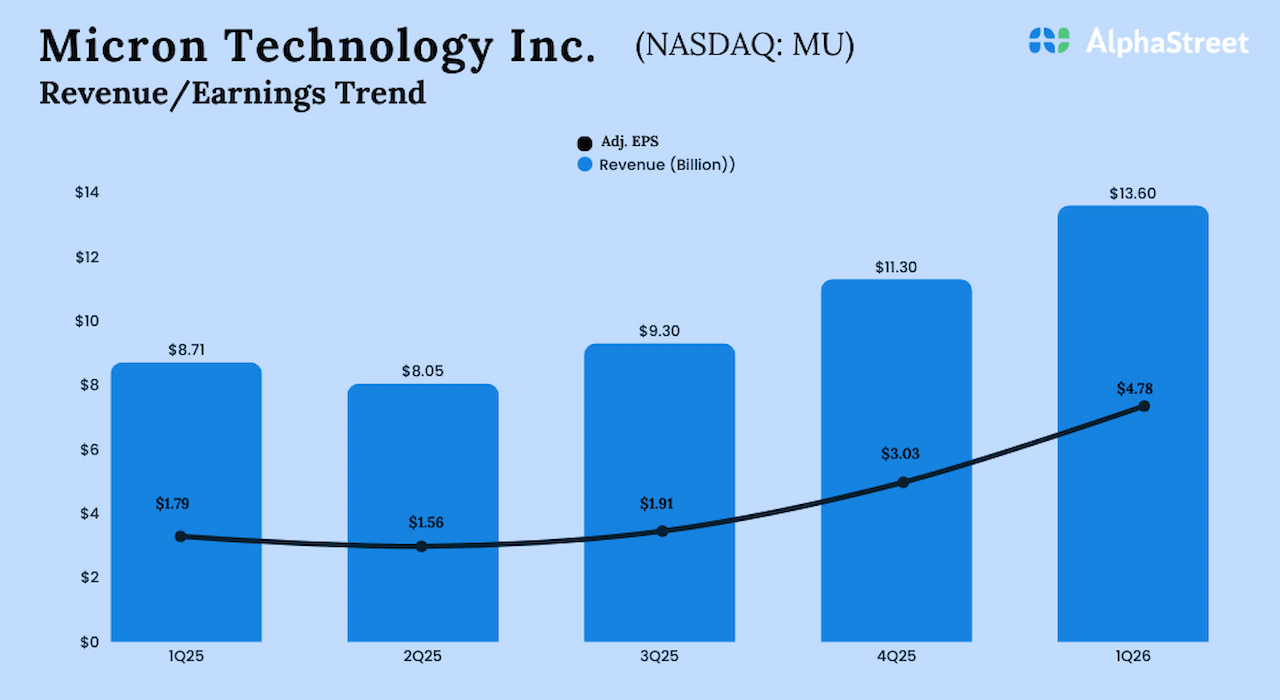The Inflation Reduction Act (IRA) of 2022 created a new ability for Medicare to negotiate prices for the most expensive drugs the program covers. The first set of negotiated drug prices will go into effect in 2026 and are estimated to save $1.5 billion in annual out-of-pocket costs for Medicare beneficiaries while saving the Medicare program $6 billion per year. The negotiated prices are a minimum of 38% off the 2023 list price.
Ten Important and Costly Drugs
Drugs selected for negotiation must be brand-name drugs that don’t have competition and must be among those that drive the most Medicare spending. These are the ten drugs for 2026:
Eliquis
Jardiance
Xarelto
Januvia
Farxiga
Entresto
Enbrel
Imbruvica
Stelara
NovoLog
These medications treat serious chronic illnesses like cancer, diabetes, blood clots, heart failure, autoimmune conditions, and chronic kidney disease. In 2022, Part D spent around $46.4 billion on just these drugs, 19% of all Part D spending, and beneficiaries paid $3.4 billion out of pocket for them. Evaluating based on total spending allows for the inclusion of medications that are extremely expensive on a per-patient basis as well as those that are very widely prescribed to beneficiaries.
The Negotiation Timeline
All eligible Medicare beneficiaries will have access to these prices and new drugs will be added to the negotiated list each year. The next set of negotiated prices, for 15 additional drugs including blockbuster diabetes drugs like Ozempic, will go into effect in 2027.
2023—CMS announced the first 10 Part D drugs to be negotiated.
2024—CMS published the negotiated prices.
2025—Medicare negotiating prices for 15 more Part D drugs.
2026—Negotiated prices for the first 10 Part D drugs will take effect. This is the first year people with Medicare will see the direct impacts of negotiation. CMS will select another 15 drugs—under Part D or Part B—for negotiation.
2027—Negotiated prices for the 15 Part D drugs selected in 2025 will kick in. CMS will announce 20 more Part B or Part D drugs for negotiation.
In subsequent years, CMS will continue negotiating prices for additional drugs, which will take effect two years later. Each round is cumulative, continuing to add to the total number of drugs with negotiated prices.
Reconciliation Bill Restricts Negotiation Program’s Potential
Unfortunately, the 2025 budget reconciliation bill—HR 1—reduced the efficacy of the IRA’s negotiation program by further limiting what drugs can be negotiated. KFF estimates that this change will increase Medicare spending by at least $5 billion. As always, increases in Medicare spending mean increases in out-of-pocket costs for beneficiaries.
Build on the Inflation Reduction Act
At Medicare Rights, we condemn efforts to pull back on the IRA’s negotiation framework. We believe more drugs should be subject to negotiation, not fewer. Other cost-saving aspects of the law should also be built out to lower costs for those covered by other forms of insurance.
Further Reading
Read more from AARP on the negotiated drug prices.
See more of the IRA’s Medicare changes and timeline.


























